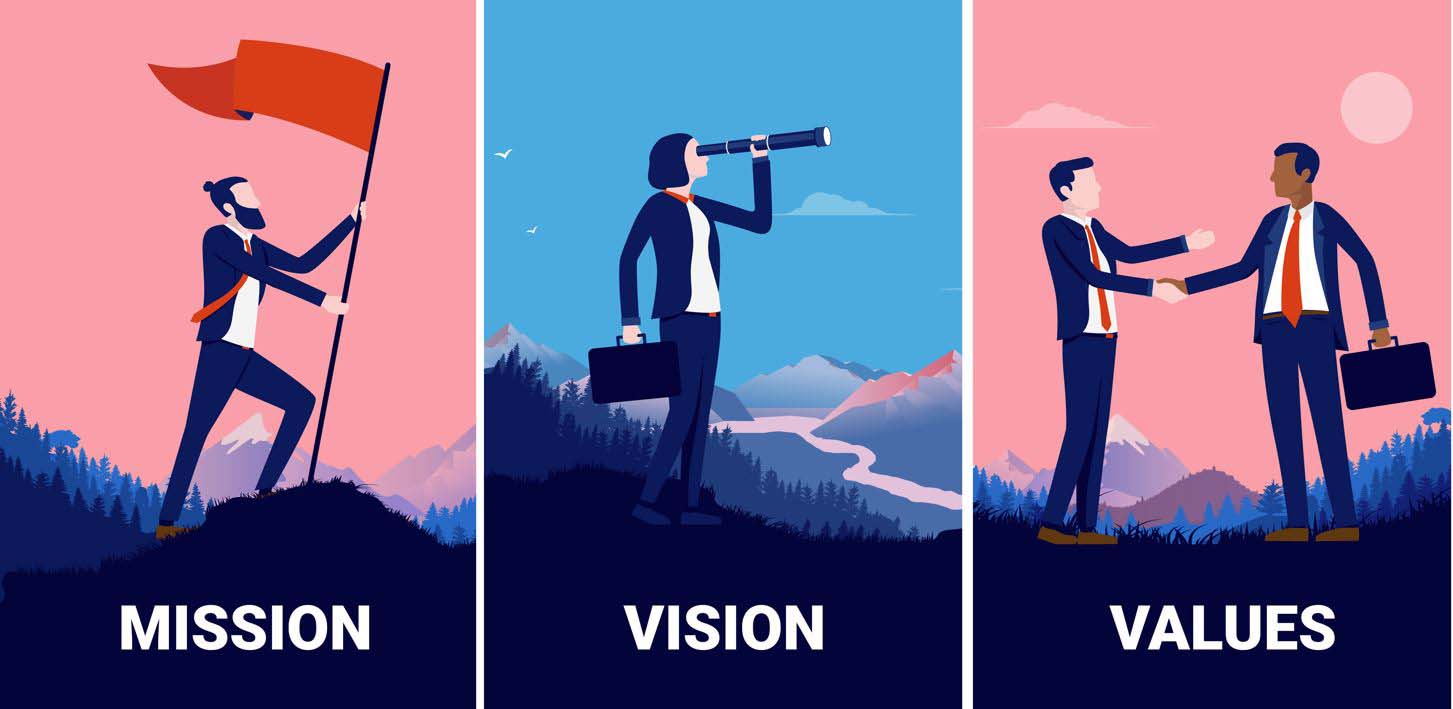What Factors Shape a Company’s Culture?
Company cultures are often very similar, even across completely different industries. After all, there are a number of positive attributes that companies like to portray to the world. For example, many companies are team-oriented and driven. There are very few companies that have a unique organizational culture.
Shared Values
Commonly shared values are the lifeblood of company culture and will help employees to interpret the culture. Some common values are:
- People-oriented
- Team-oriented
- Outcome-oriented
- Stability
- Aggressiveness/Competitive
- Innovation
- Attention to detail
Hierarchy
The hierarchal structure will also either strengthen or weaken the company culture. When talking about hierarchy, a high, medium, or low scale is applied. A high level of hierarchy is a formal workplace where employees work through official channels. A low level of hierarchy is a relaxed workplace where individual employee are empowered to challenge ideas and contribute to the decision-making process.
Urgency
The level of urgency of a company is how quickly they innovate and make decisions. This factor may be based on their ethos or the level of urgency the market requires. For example, a fast-moving market place will require companies to complete projects quickly and churn out new products. A company with low urgency will focus on the quality of their products or services.
People-Oriented vs Task-Oriented
An organization will either put the people first or the tasks first in their policies. Sometimes, this orientation will be affected by the nature of their operations or industry. This orientation will have a strong impact on the organizational culture.
Functional Orientation
A business’s functional orientation is which department it focuses on. In some companies, the focus may be customer service; in others, it may be marketing, or research and development. The marketplace may impact this orientation, but often it is a way to stand out from other companies in the industry.
Employees in different departments may have different answers if asked which department is the company’s focus. It is important to be aware of how the employees perceive the company’s functional orientation too.
Subcultures
Within an organization will exist a number of subcultures, these may exist in different company locations or departments. While subcultures are very natural, it is important that the subcultures strengthen the overall organizational culture rather than contradicting it. If issues with subcultures are identified, they must be dealt with directly.
How to Create and Manage Organizational Culture
It takes time to develop an organizational culture; it is not as simple as sending a company-wide memo. Most of all, employees need to see the company culture reflected in policies, procedures, and the actions of leaders.
Often, a company’s values are most visible in the traditions, reward and recognition system, rituals, and way of operating. Anyone who walks into your business should be able to see what kind of values your company has.
How to Develop Company Culture
The founders of a business will create the company culture through the way they act and their goals for the business. However, as the company grows, these values will develop over time. Often, all leaders will gather to have an honest conversation about the company values. They will discuss what the company currently values and the company’s ideal values. Some companies will put together a committee to develop and maintain the company values; others will just ask HR to oversee the values. Most importantly, the people in charge of maintaining the company’s values must have a direct link to leadership and be able to speak out against decisions which go against the values.
How to Sustain Company Culture
To properly manage company culture, you need to first identify the “artifacts” of the company. These are the core philosophies, processes, and business activities of the organization. These should be evaluated in light of the following three types of culture
- Ideological culture – The ideals, values, and beliefs of the people in the organization.
- Material culture – The things people achieve, the products they make, and the way people support each other when exchanging goods and services.
- Social culture – The social hierarchy between people, the distribution of power, and the roles and responsibilities.
HR and the leaders of an organization should have a good understanding of how those three types of culture currently exist in their workplace. They should identify the key business artifacts within each culture and check with representatives from different departments and levels as to how important each artifact is. From there, they can begin to develop a culture management plan based on how individuals and departments within the organization work.
Often shared beliefs and assumptions come from management or leaders. These are the people who need to emulate the desired company culture for it to work.
How Can HR Develop Organizational Culture?
Because HR develops policies and programs, training, recruitment, and onboarding programs, it is a key part of developing and maintaining organizational culture. If HR activity is aligned with the company culture then the culture will be strong. If the HR activity is not aligned with the organizational culture, then the culture will be weakened.
HR should use all the tools in their arsenal to develop and maintain company culture. The company culture will determine how HR resources will be allocated. Here are some of the tools HR departments have at their disposal.
Recruitment Practices
A company’s recruitment practices are at the center of developing organizational culture. When hiring new employees, it is important to determine whether the potential employee’s personality will fit in with the company culture. This will ensure employees thrive in the workplace and stay longer.
An ill-fitting hire will cause issues in the workplace or with other employees. It will also cost the company at least 50% of the role’s annual salary in recruitment fees.
Hiring practices which support company culture include
- Interview questions that determine if an applicant demonstrates behaviors in line with company culture.
- Ask questions in a way that shows their views on some of the For example, ask about the best and worst places they’ve worked.
- Do not reveal anything about company culture so that you may get honest answers.
- Ensure three people are conducting the interview so you can get different perspectives on the potential applicant.
- When hiring new employees, a company must be honest about their company culture. Misrepresenting it to new hires can result in high staff turnover just as much as hiring a poor fit.
Onboarding
The onboarding process socializes new employees into the workplace and teaches them about the company culture. A new employee’s early job experiences must reinforce the organizational culture.
Reward and Recognition
The programs which are designed to motivate employees will encourage certain behaviors. To enforce company culture, these should be behaviors which are in line with the company’s culture. Those who personify the values of the organization should be held up as ideal employees.
Performance Management
Employees perform well in environments where they know what is expected of them. A performance management program can remind employees about desired behaviors and analyze where they are going right and anywhere they are underperforming.
Communication
Messages should be cohesive as conflicting messages will create uncertainty and even cynicism. This also means that management and leaders’ actions should reflect the company’s communication. If a company claims to be people-orientated but implements policies which show they care more about company profit than the wellbeing of their people, then employees will doubt the company culture.
How to Measure Company Culture
Assessing organizational culture can be difficult as there is little that can be reduced down to numbers for analysis.
- Create a survey for assessing the culture
- Use the survey
- Analyze the survey results and discuss it with HR and leaders
- Conduct focus groups amongst employees to find out more about the issues the survey uncovered
- Discuss the results of the focus group and create plans for improving company culture or changing direction to fit how the business actually operates
What Are the Legal Issues With Organizational Culture?
If a company is not careful, recruiting based on company culture can open them up to discrimination claims. It is important to ensure the organizational culture does not exclude any types of people. Recruiters must also be aware that hiring cultural fits does not mean hiring people who look like everyone else in the workplace in terms of race, gender, sexuality, ability, etc. Similarly, organizational culture might cause discrimination issues in compensation or promotion if not managed correctly. The values a company promotes must be values that many demographics would hold or feel comfortable displaying. For example, certain religions or genders might feel uncomfortable expressing “aggressiveness” at work. However, if the value is reframed as “competitive,” then the playing field is evened out while the value remains.


































